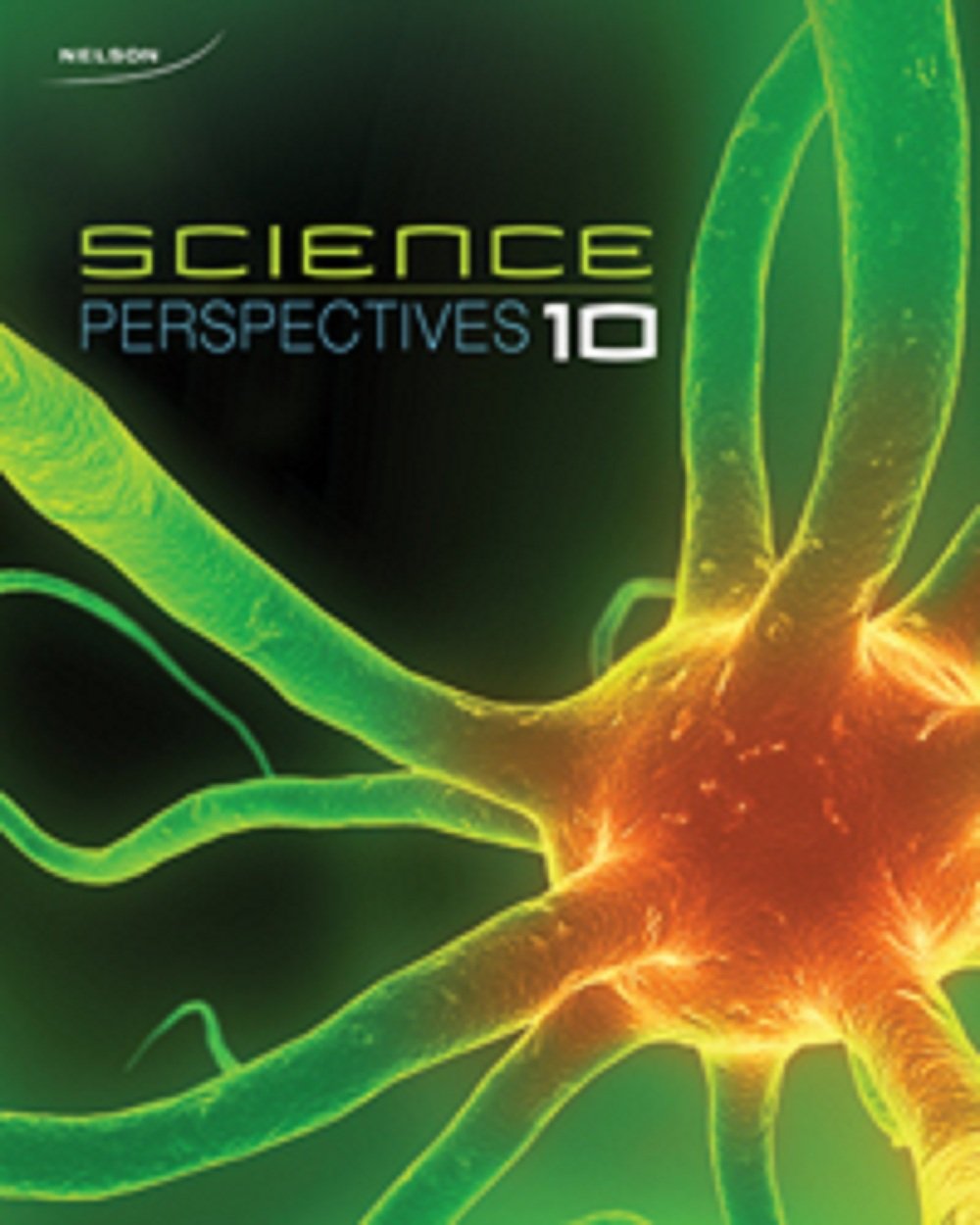
All Solutions
Section 12-5: Total Internal Reflection
1. Light must be travelling from an optically denser medium to an optically less dense medium.
2. Angle of incidence must be greater than the critical angle of the material (optically denser medium).
1. In automotive sensors which can determine several parameters such as presence of rain.
2. In optical fibers in order to transmit signals in the form of light. (internet etc.)
3., TIR in prisms is used in construction of periscope, binoculars, cameras etc.
2. In optical fibers in order to transmit signals in the form of light. (internet etc.)
3., TIR in prisms is used in construction of periscope, binoculars, cameras etc.
Therefore, we can conclude that only in figure $textit{ Figure 13. b}$ total internal reflection is shown.
It is clearly shown in $textit{Figure 13. b}$ that when the internal reflection can occurs when the angle of incidence is increased.

